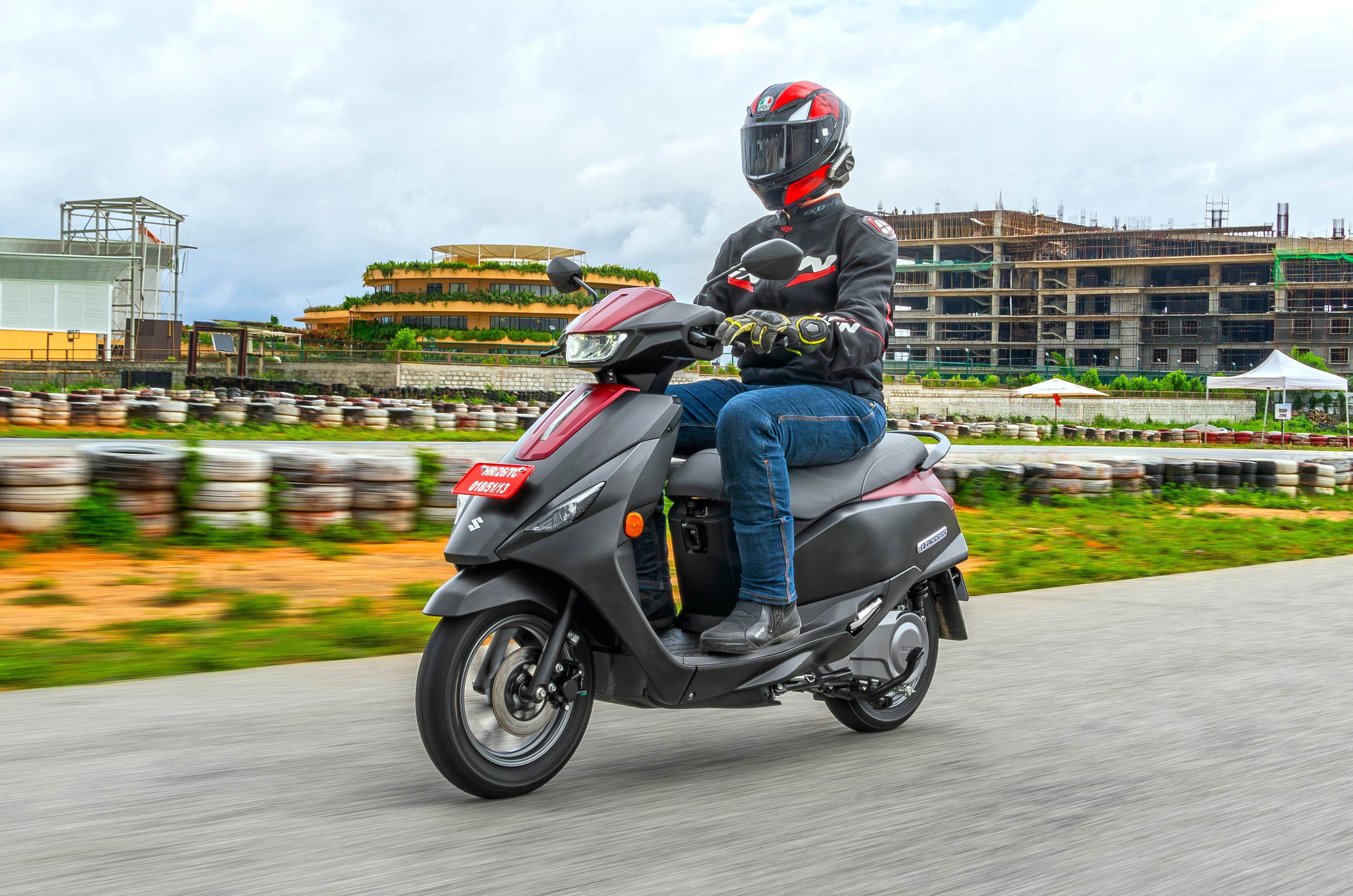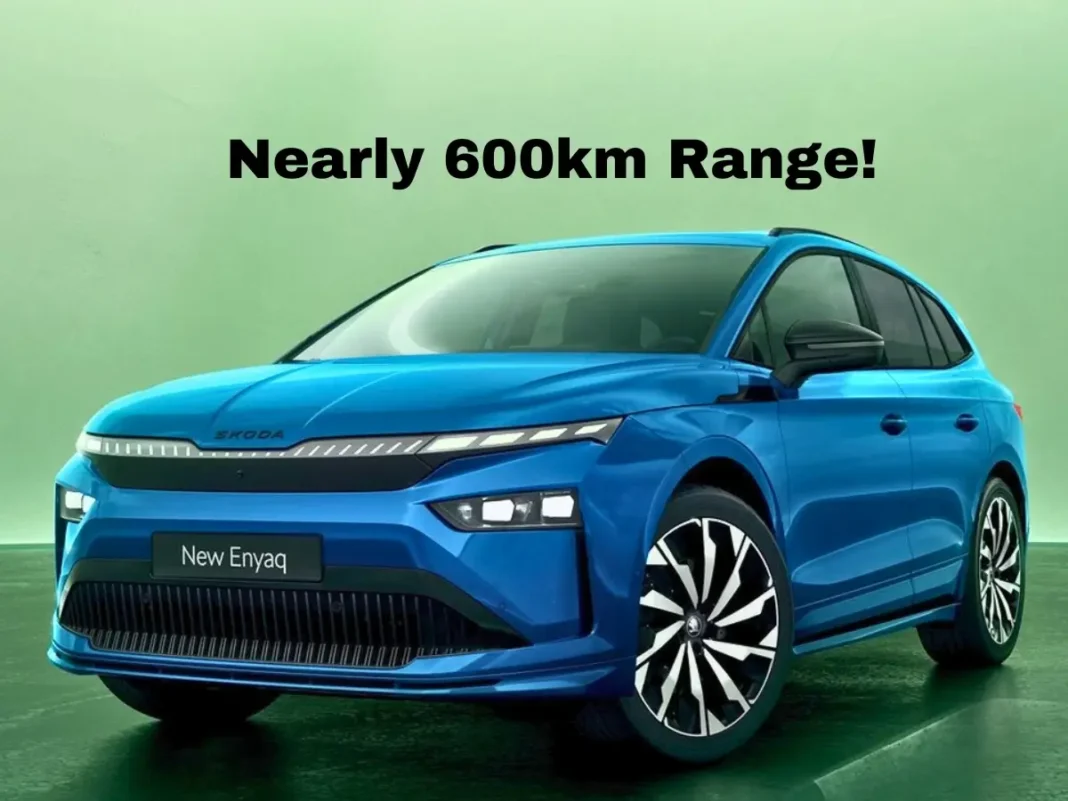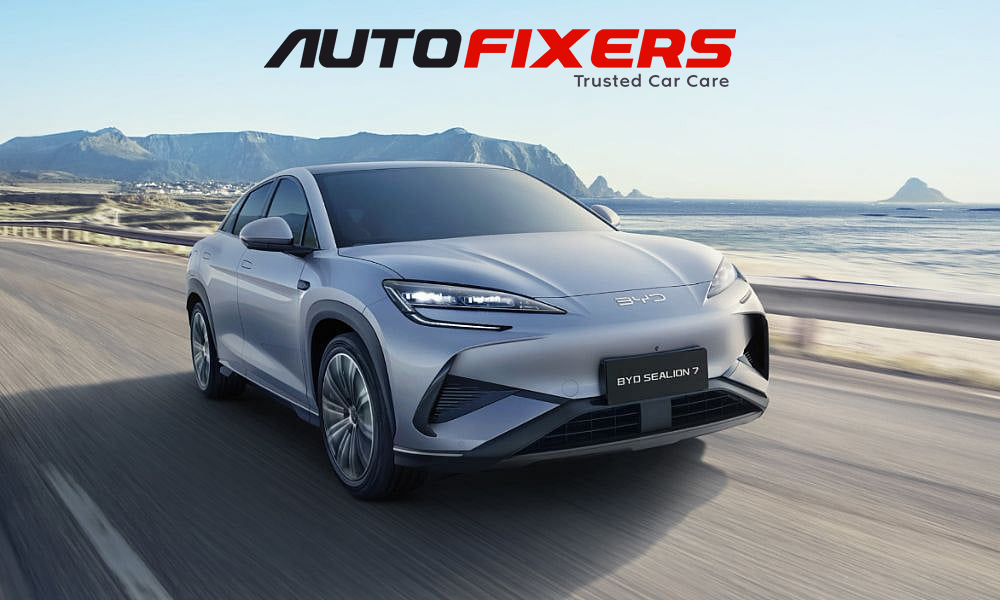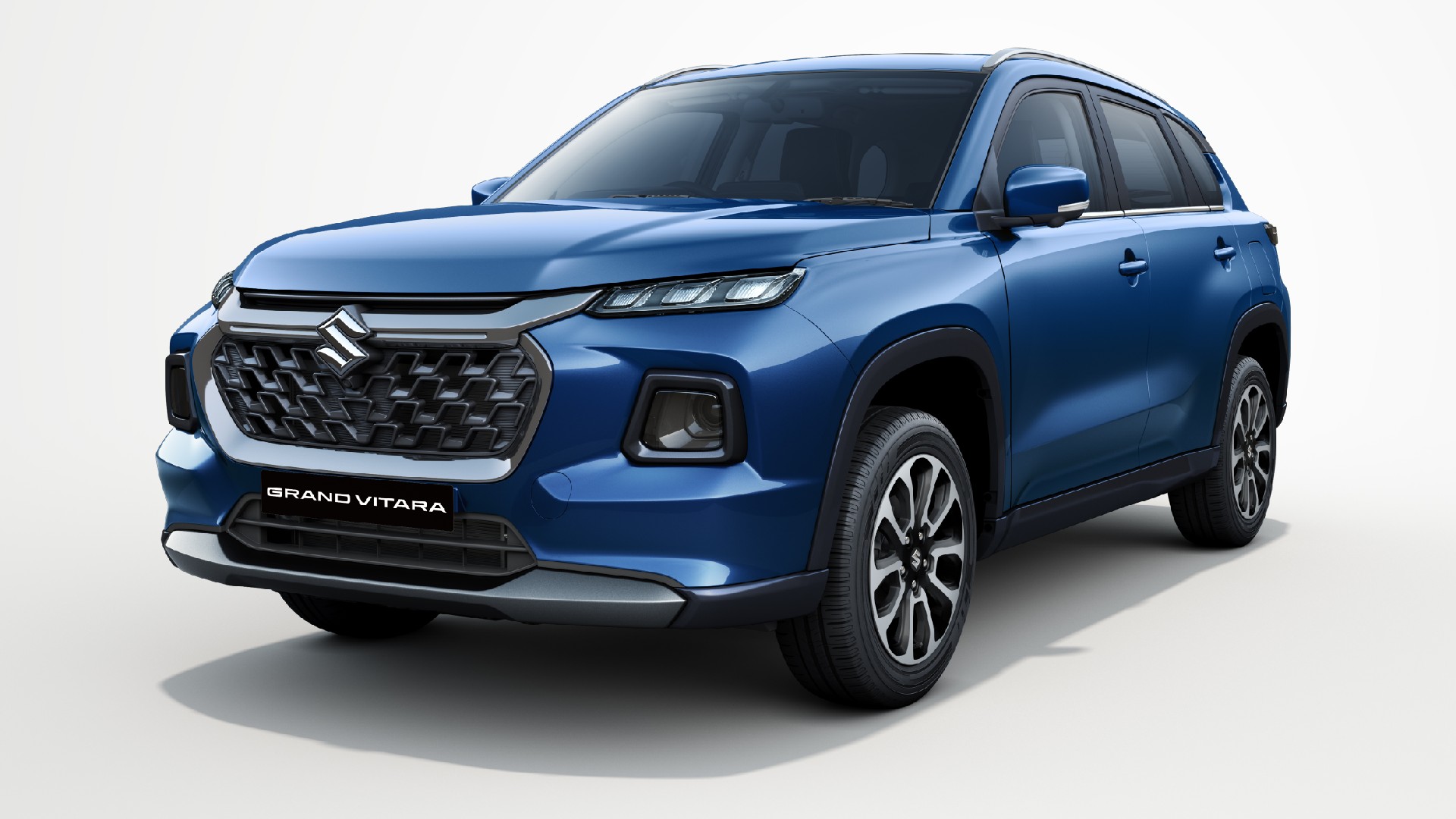
The Honda Activa holds the title of the top-selling scooter in India, boasting unparalleled brand recognition within the market. However, when the Activa e: was introduced, it faced challenges that prevented it from resonating with consumers effectively. This context brings us to the Suzuki e-Access, another Japanese electric scooter carrying a prestigious badge familiar to Indian audiences. The key question is whether Suzuki has succeeded where its Japanese counterpart faltered.
Suzuki e Access Design and Colours
e Access Features a Unique Design and Three Colour Options
The design of the e-Access immediately indicates that Suzuki has abandoned conventional family scooter aesthetics. Depending on personal taste, this may either be seen as a positive or negative aspect. Personally, I believe that the e-Access appears more appealing in person than in photographs, although its distinctive double ‘duck bill’ front end may take some getting used to. Regardless of preference, this unconventional styling undoubtedly helps it stand out amidst the countless family scooters on the road. The e-Access is available in three colour options: black/red, green/silver, and white/silver.

Suzuki e Access Battery, Range, and Charging Time
e Access Utilizes an LFP Battery with a Claimed Range of 95km
In a notable departure from the common specifications seen in electric scooters, the e-Access employs an LFP (Lithium Ferrous Phosphate) battery. This choice sets it apart in a market typically dominated by NCM (Nickel Cobalt Manganese) batteries. The advantage of LFP batteries lies in their enhanced safety and longevity; however, they typically fall short in energy density compared to similarly sized NCM batteries.

Consequently, it comes as no surprise that Suzuki claims a certified range of 95km for the e-Access’s 3kWh battery, which is approximately 20% less than the range provided by an equivalent scooter using an NCM battery. Suzuki will supply a 600-watt portable charger, which can take 6 hours and 20 minutes to fully charge the battery from empty. Furthermore, the company plans to establish fast charging stations at all its outlets this year, enabling a full recharge in about 2 hours and 12 minutes using their fast charger.
Suzuki e Access Features
A Feature-Rich Offerings
Turning to the feature set, the e-Access includes standard smart features accessible via a smartphone pairing with the 4.2-inch TFT display, as well as three riding modes (Eco, Ride A, and Ride B), a USB charging port, among others. Notably, I want to highlight a particularly practical feature: the scooter’s seat remains open in the position you leave it when unattended (similar to the Bajaj Chetak), which is incredibly useful when your hands are full.

However, the downside is that the under-seat storage of the e-Access only accommodates 17 litres, which is about half the capacity of many competing models. In fact, even the latest petrol variant of the Access provides more storage space than the e-Access, marking a missed opportunity for Suzuki.

Suzuki e Access Ride and Handling
A Predictable and Stable Handler
Where Suzuki has indeed excelled is in the e-Access’s riding dynamics. With only 45 minutes allotted on a go-kart track, our insights are limited, but the scooter demonstrated significant promise.

While it may not be as lively as an Ather 450, the e-Access appears nimble enough to navigate through dense urban traffic effortlessly. Its performance is smooth and calculated, featuring a gentle and progressive build of power that should appeal to both novice riders and the typical scooter user. However, if you are seeking an exhilarating EV experience, you may want to consider other options.

Suzuki e Access Ride Modes and Regenerative Braking
Thoughtfully Designed Ride Modes, Though Switching Can Be Complicated
Notably, Suzuki has thoughtfully developed the ride modes, allowing users to effectively maneuver through the city even in Eco mode, which caps speed at 55kph. However, the process to switch between modes has been made unnecessarily complicated. It is possible to transition from Eco to either Ride A or Ride B while riding, yet switching from Ride A to Ride B requires stopping first to set the desired mode.

Suzuki’s reasoning behind this design choice seems to be to prevent riders from being caught off-guard by the varying regenerative braking characteristics between Ride A and Ride B. Nonetheless, many would argue that the difference is minimal, making this complication unnecessary for an otherwise user-friendly scooter.
The riding comfort is quite commendable, featuring a well-balanced rider’s triangle paired with a spacious, well-cushioned seat. Our brief encounter only involved passing over a few plastic composite speed bumps on the track, so it’s challenging to provide a definitive assessment of the suspension comfort. Nonetheless, the e-Access felt adept at minimizing jolts.
Suzuki e Access Pricing Expectations and Final Verdict
A Well-Engineered Scooter, Yet Price Remains Uncertain
Thus far, this appears to be the standard Suzuki narrative: a practical, well-conceived, and high-quality vehicle that aligns with what most potential buyers value. This accomplishment places them halfway to success. However, since Suzuki has yet to disclose the pricing—or even provide hints—the overall evaluation of this appealing e-scooter is something we will postpone for now.

However, if Suzuki sets a competitive price—around the Rs 1.20 lakh range (ex-showroom)—it’s likely that the e-Access will appeal to consumers as it stands as a practical and sensible choice from a trusted Japanese manufacturer recognized for its reliability.





